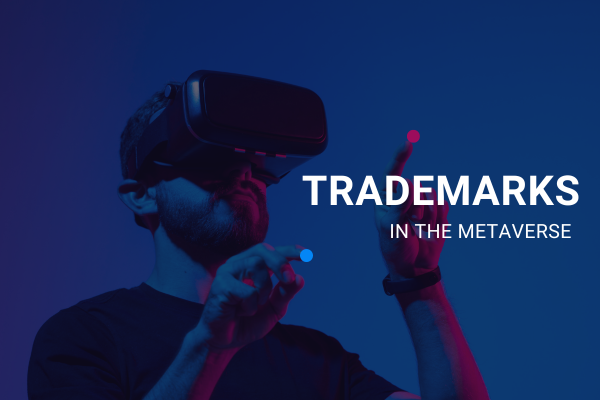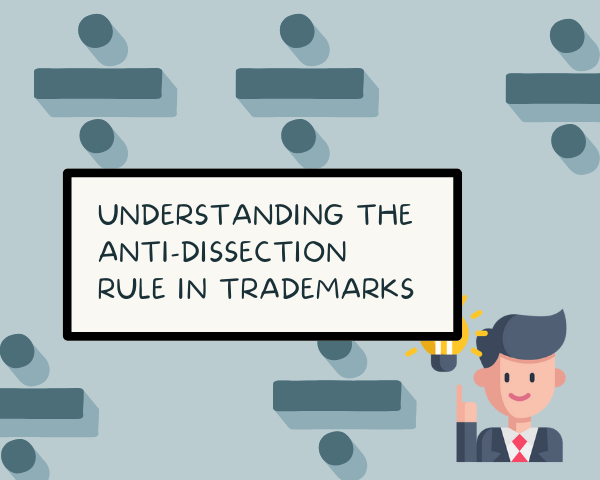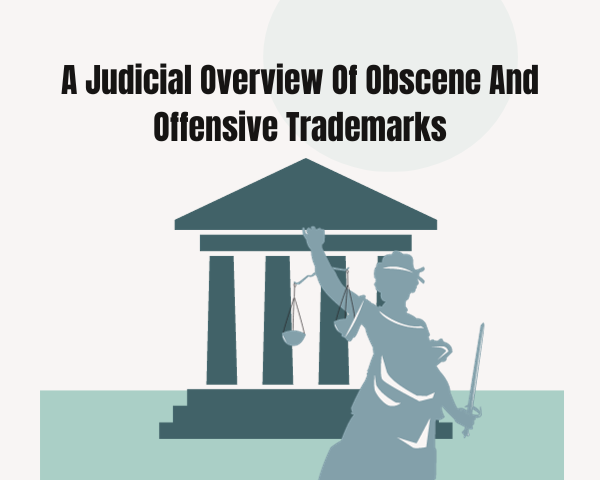In our previous blog post, we focused on the general understanding of the metaverse and its interaction with IP law. The discussion gave a broad overview of copyrights, patents, licensing structures, trademarks etc. In this post, we aim to analyse and understand how trademark jurisprudence is shaping the metaverse. Several well-known brand names, such as Gucci and Wanna have already entered the race, paving the way for various other brands. Trends have shown leading brands such as McDonald’s, Puma, Crocs, L’Oreal, Charlotte Tilbury, Heineken, etc., file trademarks to ensure that they garner early protection for their goods and services, especially as certain countries follow the first-to-file doctrine which can have a tremendous impact on the businesses of well-known brands.
TRENDS IN APPLICATIONS
The class of goods for which these applications are filed, according to WIPO, mainly pertains to downloadable virtual goods, namely computer programs under class 9, retail store services featuring virtual goods under class 35, entertainment services under class 41, online non-downloadable virtual goods and NFTs under class 42, and financial services, including digital tokens under class 36. Within these classes, companies have sought more specific registrations as well, for example, McDonald’s filed applications for virtual food and beverage products in class 09, and Puma filed for downloadable virtual goods, namely, computer programs featuring footwear, clothing, headwear, eyewear, bags etc.
Further, preemptive filings in this new domain have also resulted in various bad-faith applications as seen in the cases of Prada and Gucci. In the United States, the date of filing is important as it establishes the first use date in cases of preemptive filings. Combating bad faith applications incurs huge costs for the true proprietors of the marks. More so, real-world products and their functionality are extremely different from their virtual use as well as appearance. The EUIPO has noted that the classification for virtual goods lacks clarity and in order to ensure that unwarranted blanket protection is not granted due to which applications may be rejected, the applicants must provide the specific goods or services to which the virtual goods are associated with. As can be seen from the examples above, companies and brands have tried to specify by using terms to include computer programs featuring footwear, clothing, virtual foods and beverage products etc. The clarity of goods and services in applications is a determining factor of the grant of protection.
India as of yet has not seen the usage of the term “Metaverse’ in its goods and classes whereas, applications in various other jurisdictions have used the term to demarcate virtual goods. For example, Yves Saint Laurent Parfums registered its trademark under class 09 for “Downloadable and recorded virtual goods, namely, computer programs featuring perfumery, toiletries, cosmetics, make-up, skincare preparations, body care preparations and face care preparations, hair care preparations and hair colour preparations for use in the metaverse and other online virtual environments”.
Apart from the statutory aspects of registration and associated rights, due to business activities shifting into the metaverse, common law rights associated with trademarks have also experienced a shift. Bad faith applications try to use the goodwill and reputation attached to preexisting brands and by misrepresenting goods, cause deception or confusion in the market. This has a direct impact on businesses as it has the ability to cause severe loss and damage to the goodwill of true and honest proprietors.
JURISDICTION AND THE DOCTRINE OF EXHAUSTION
The nature of the metaverse is such that it transcends all boundaries and is not located in a specific place or territory. This also results in jurisdictional issues, where the plaintiff or the defendant might be situated in two opposite parts of the world. In response to not just the metaverse alone, but also general suits involving fluid boundaries, Indian Courts have followed the doctrine of long-arm territorial jurisdiction.
Long-arm territorial jurisdiction found space under Indian IP laws due to its ability to tilt convenience towards the plaintiffs. In the present scenario, proprietors would be better able to protect their rights if they weren’t required to travel, file and contest proceedings at the place of residence or business of the defendant. This also has a parallel benefit as the bad faith actors would be deterred from infringing the rights of proprietors if they would have to undertake the hassle of travelling to the plaintiff’s area of residence or business. Similarly, within the metaverse as well, there may be a reliance on the jurisdiction based on the doctrine of long-arm territorial jurisdiction.
The doctrine of exhaustion stipulates that once the goods of the proprietors are sold, the proprietor exhausts the rights attached to them. However, there is a lack of clarity on whether the same doctrine is applicable onto the metaverse due to the nature of the goods. Currently, the trend has been to remove computer games from under its ambit however, virtual goods on the metaverse still have ambiguity surrounding them.
LICENSING
The nature of business operations in the metaverse also raises the question of licensing of trademarks. It is stipulated that licensing in the metaverse is one of the largest untapped markets and a boom under the same is inevitable, so much so that there may be a 40% increase in licensing in the metaverse. There may be a shift in the structure of trademark licensing agreements, where the brands may opt for either specifically including the licensing of trademarks to create NFTs or other virtual downloadable goods or they may specify the same to be excluded. Further, as seen in the example of Gucci and Wanna, the two brands collaborated to create versions of their real word goods into metaverse goods. Smart contracts also play an important role not merely for trademarks in the metaverse but also for various other kinds of intellectual property.
CONCLUSION
Trademarks from an economic perspective pertain to the protection of economic interests, where they are indispensable for the efficient functioning of a modern economy. The modern economy is now evolving to subsume the untapped potential of the metaverse, and with that comes the ability of trademarks to monetize its asset on a completely new platform. The trends in trademark fillings along with the analysis of how each jurisdiction deals with pertinent questions of what should be granted protection will provide insights into understanding the law of trademarks vis-à-vis the metaverse. Parallel to this, the business aspects of trademarks are already changing and competition within the market is bound to shift. Licensing will become one of the most important factors to look at during the initial phases to ascertain how companies and brands wish to portray themselves and their goodwill in the metaverse.




